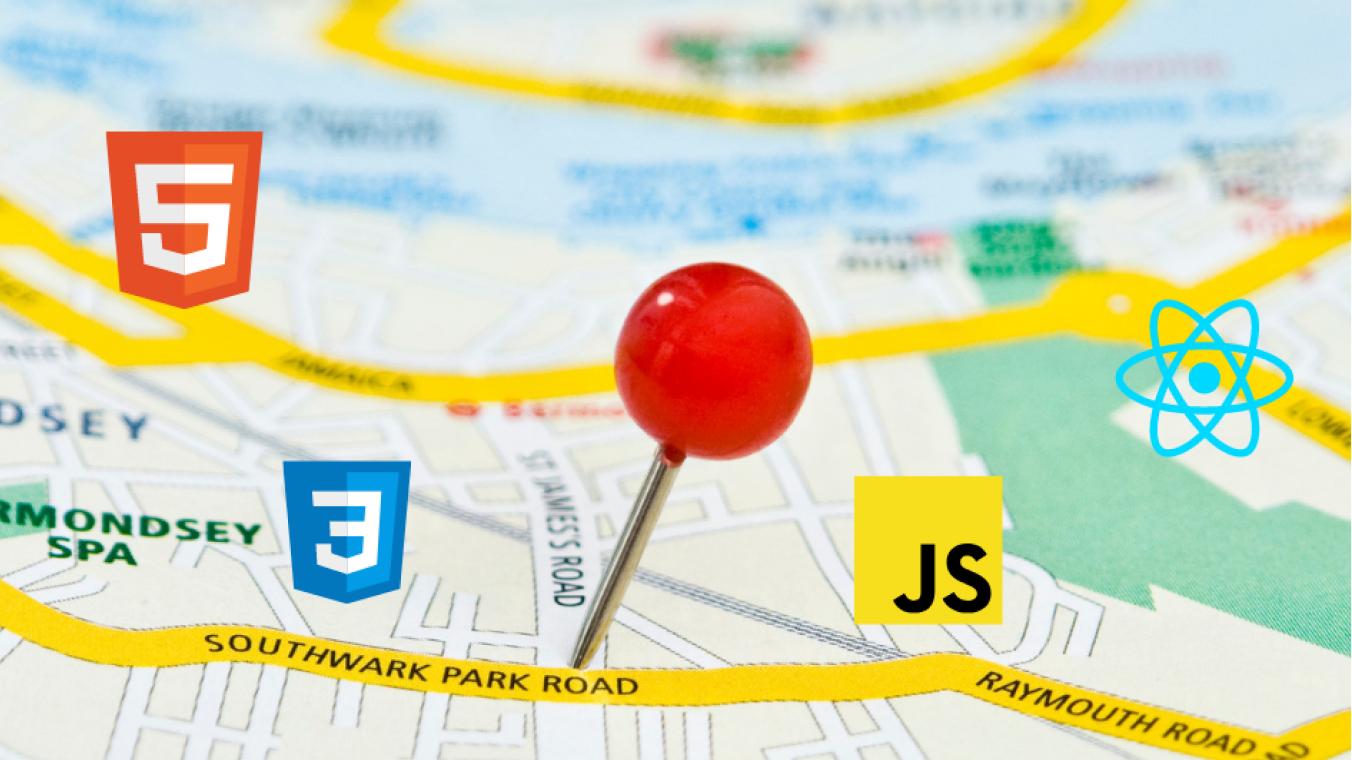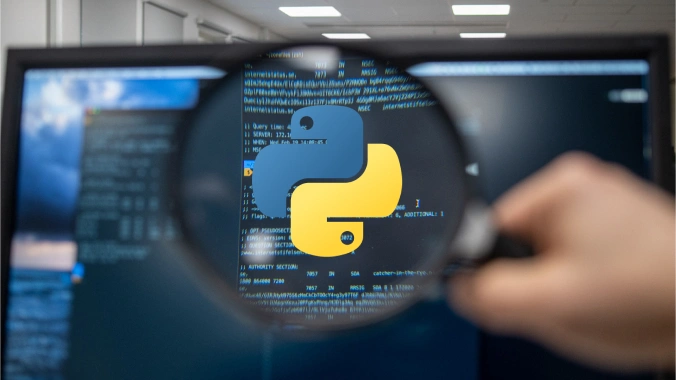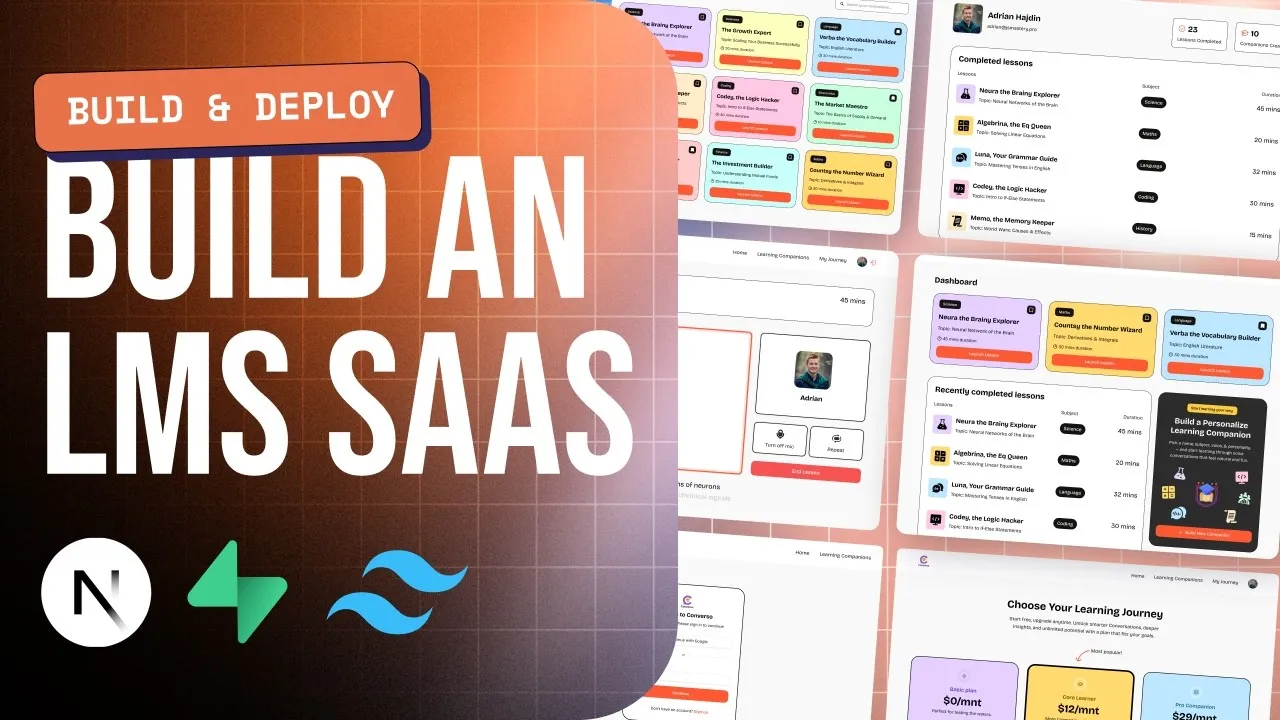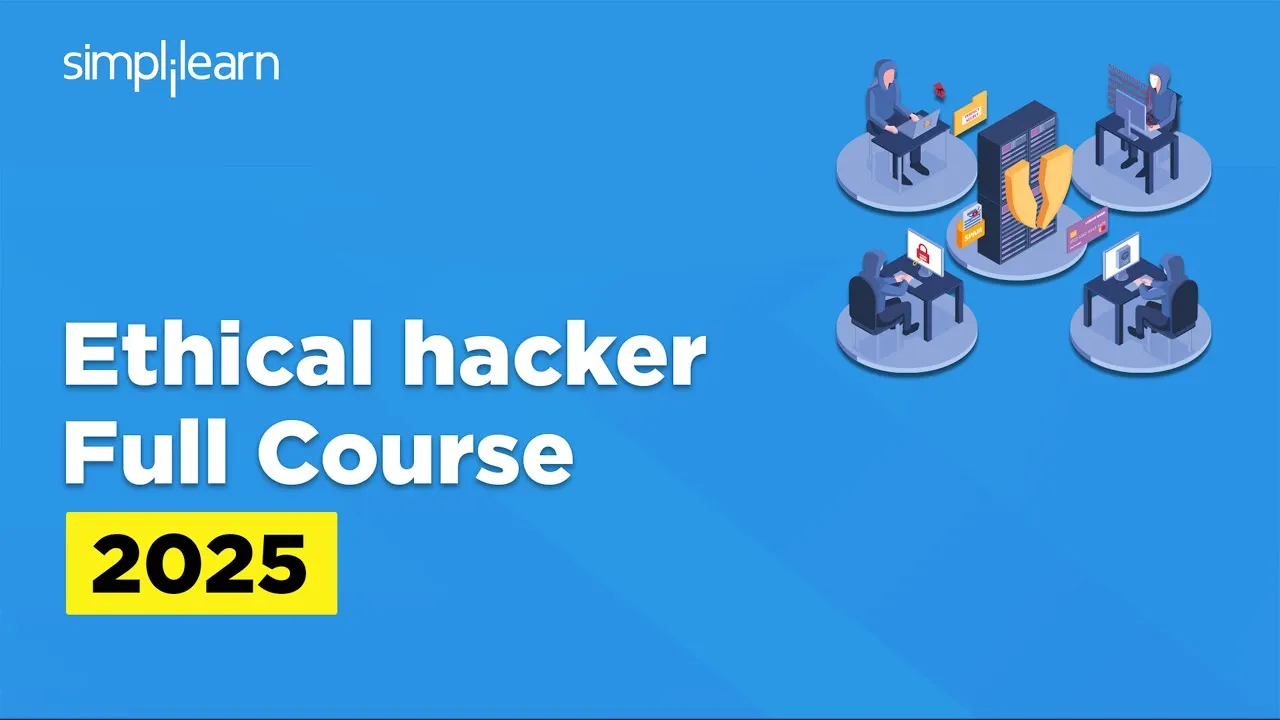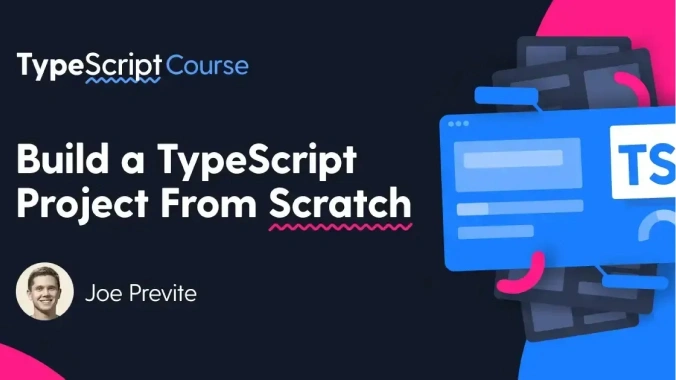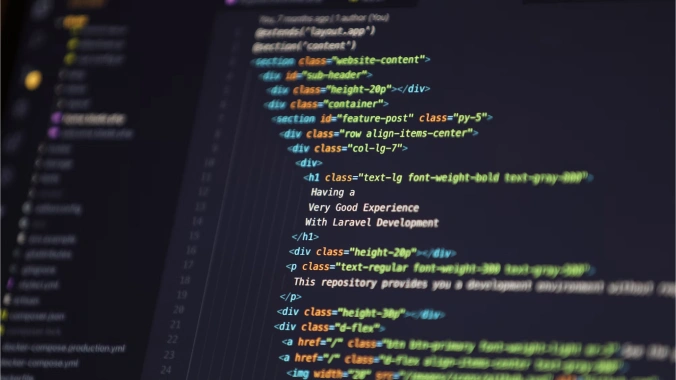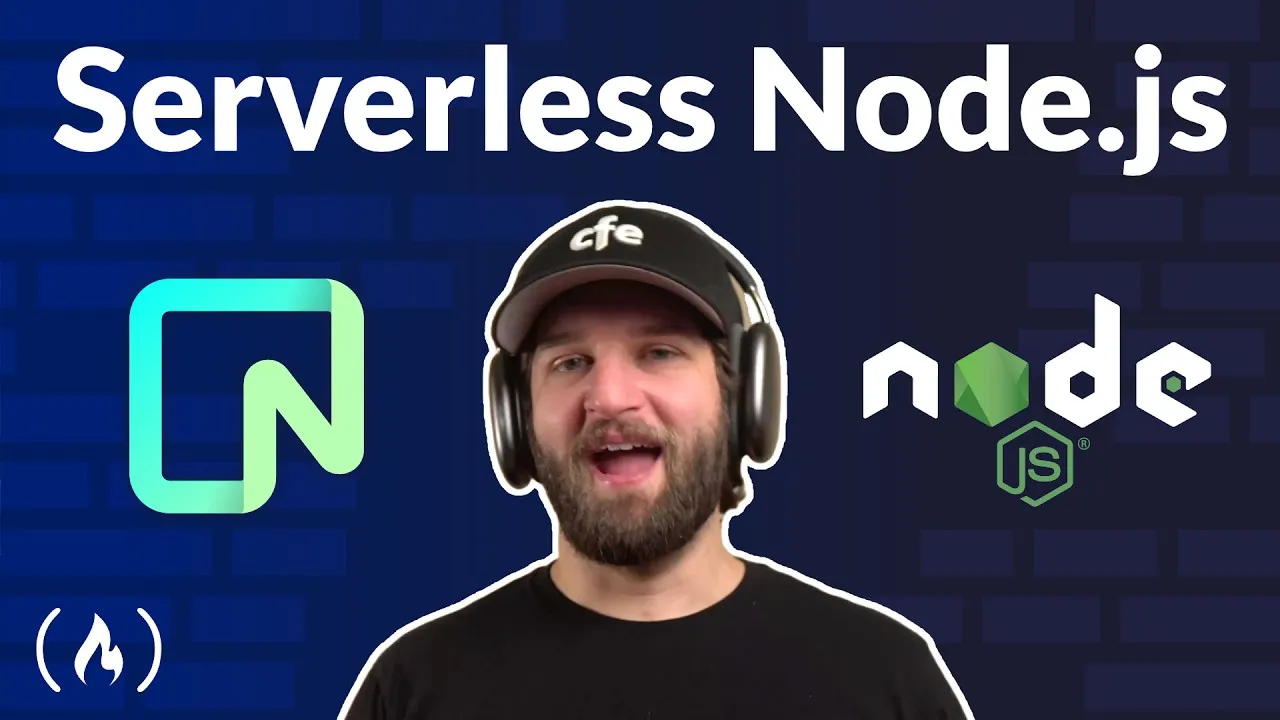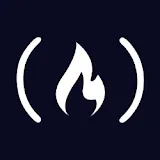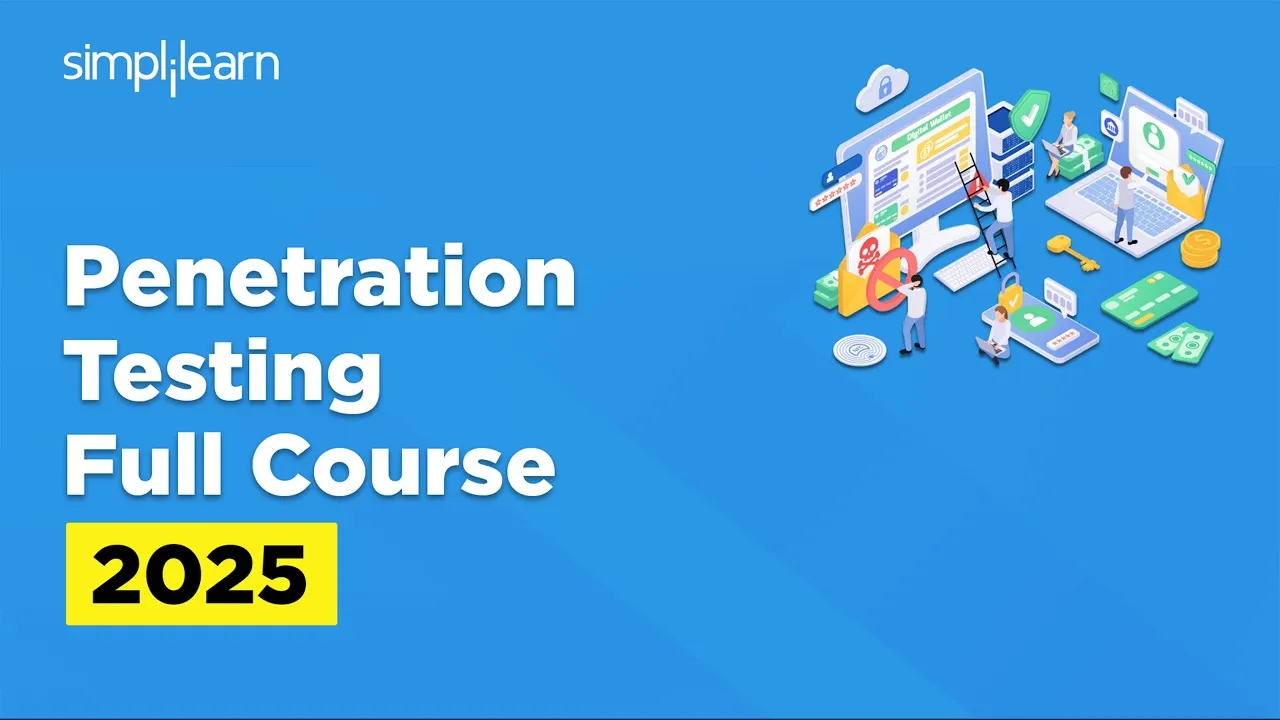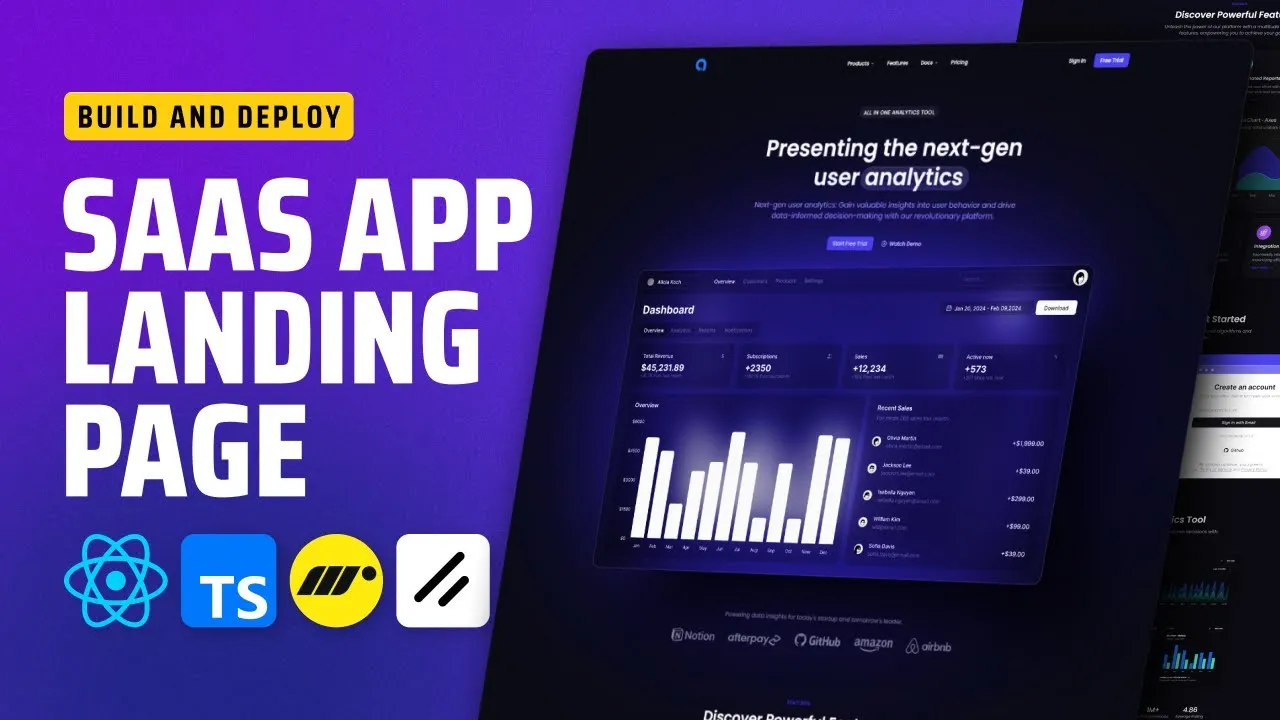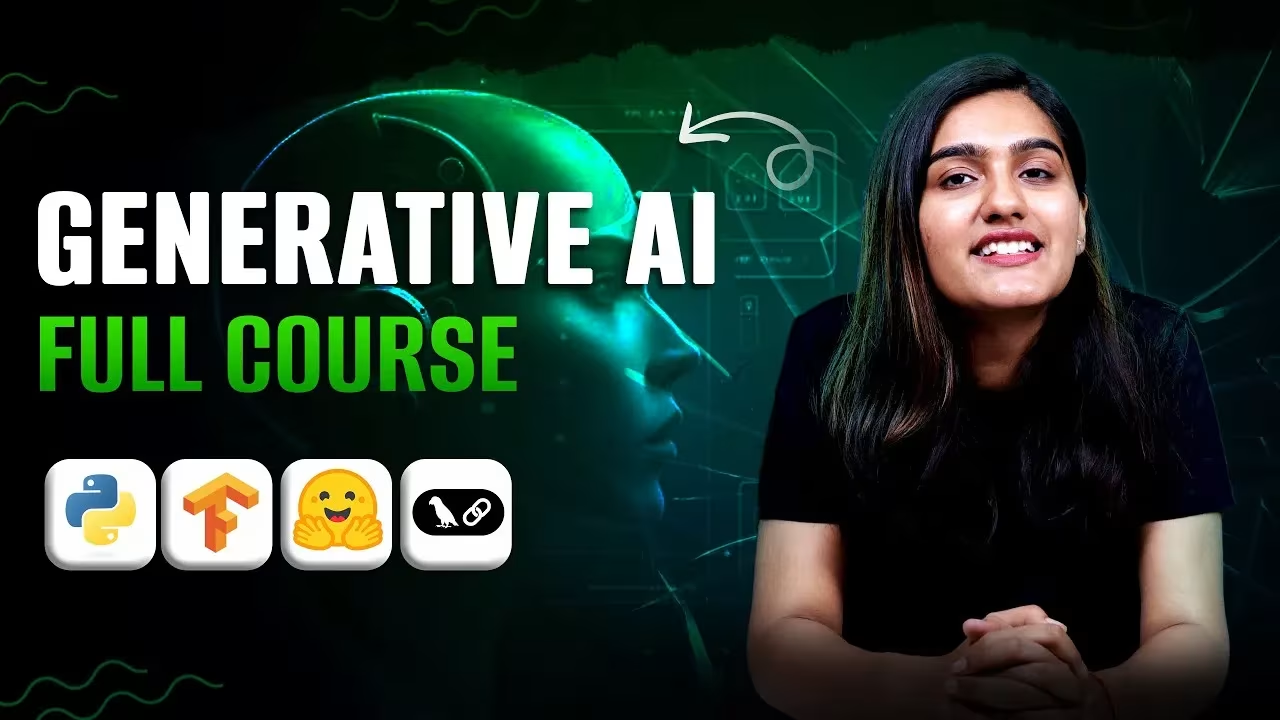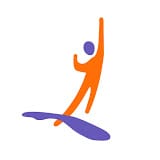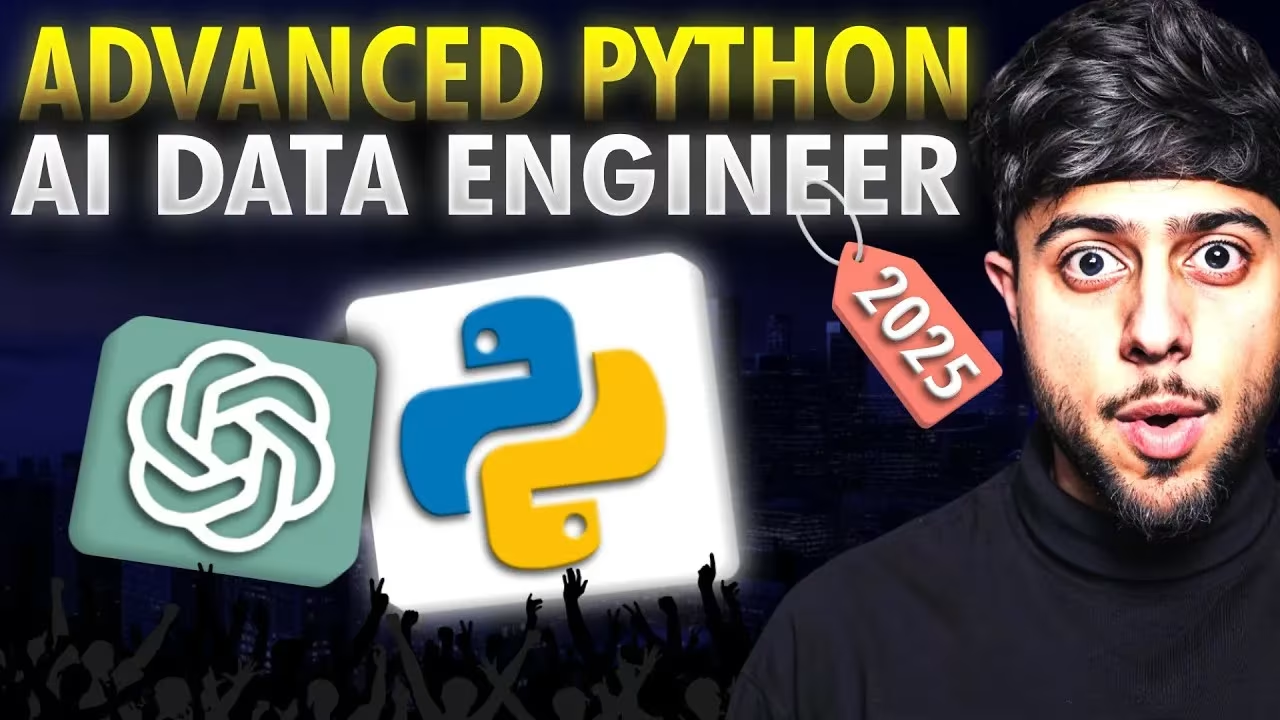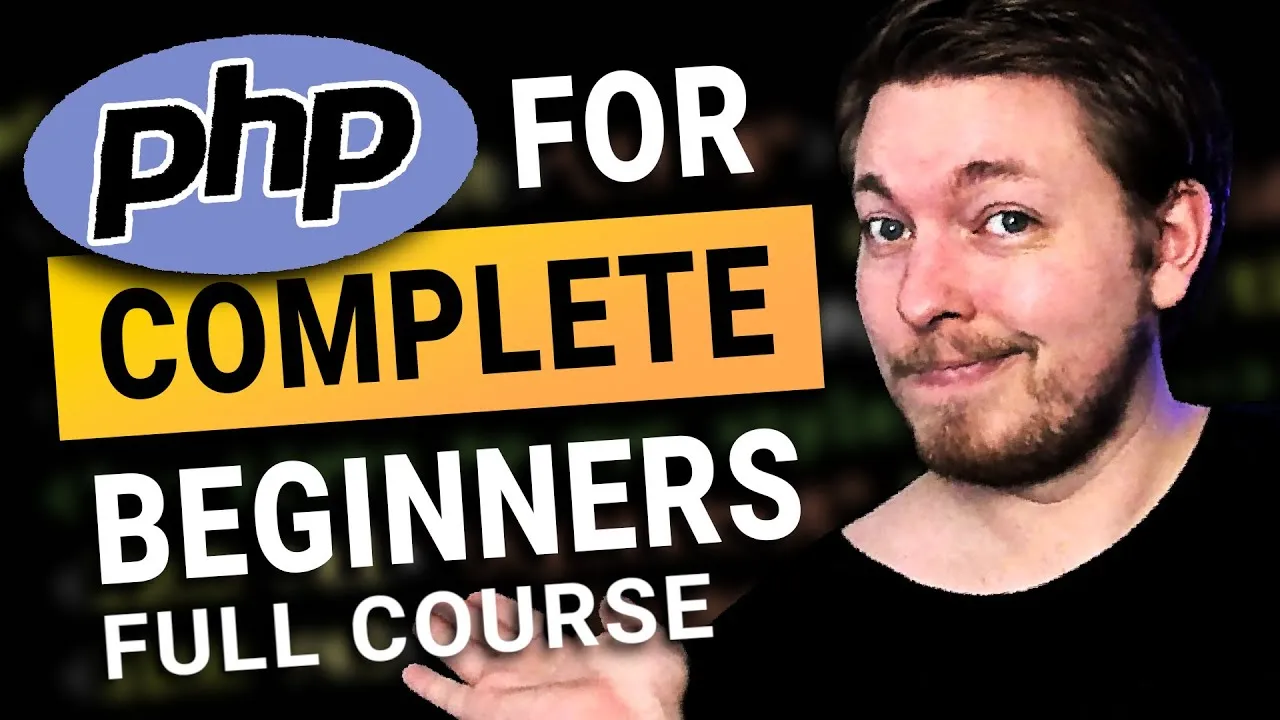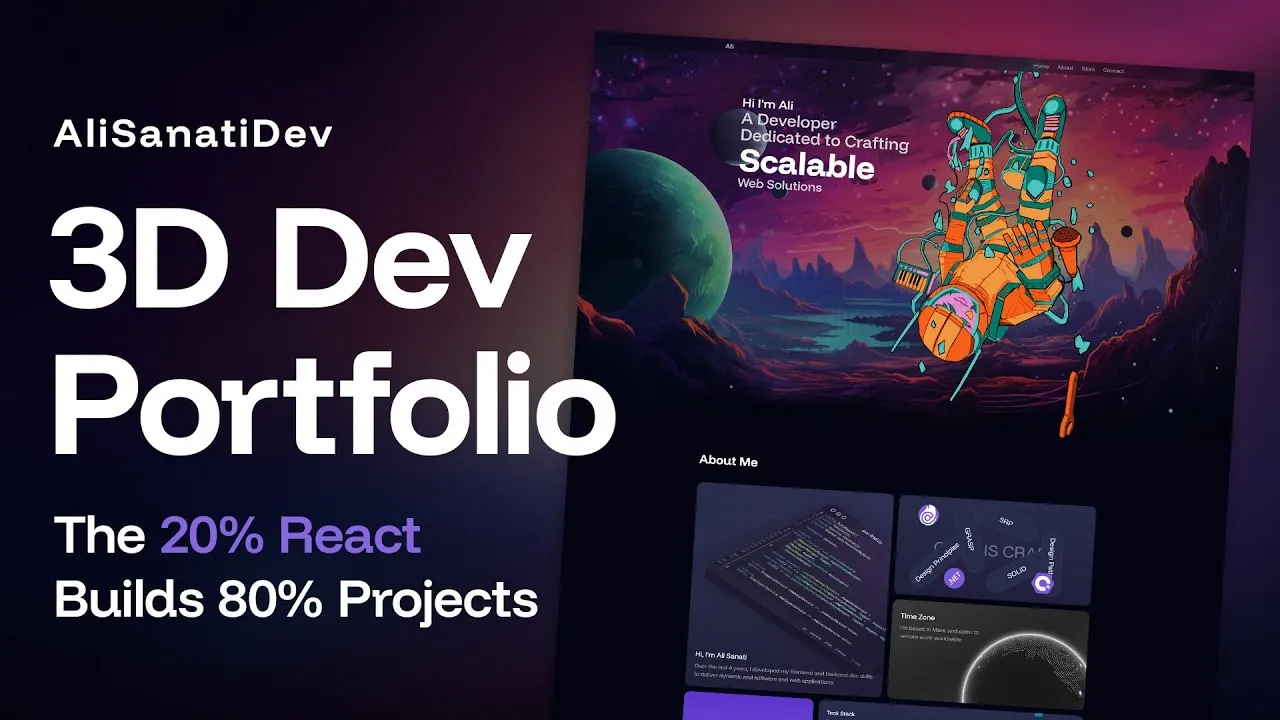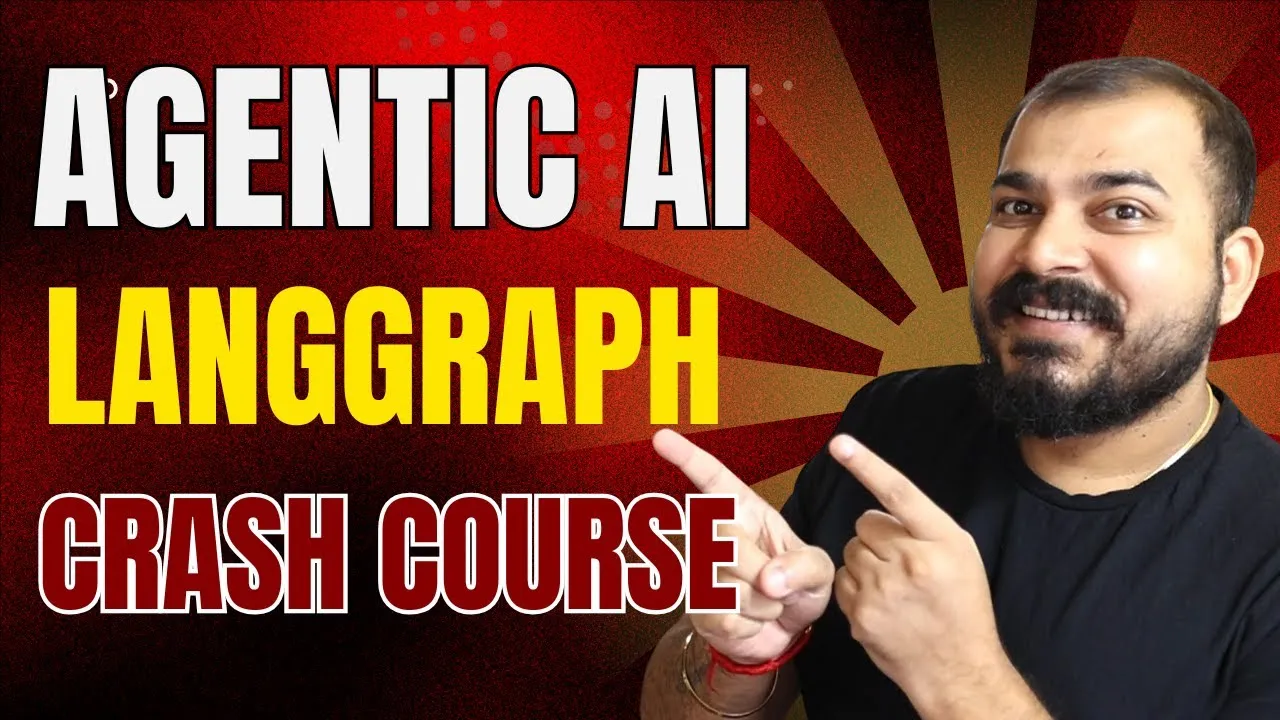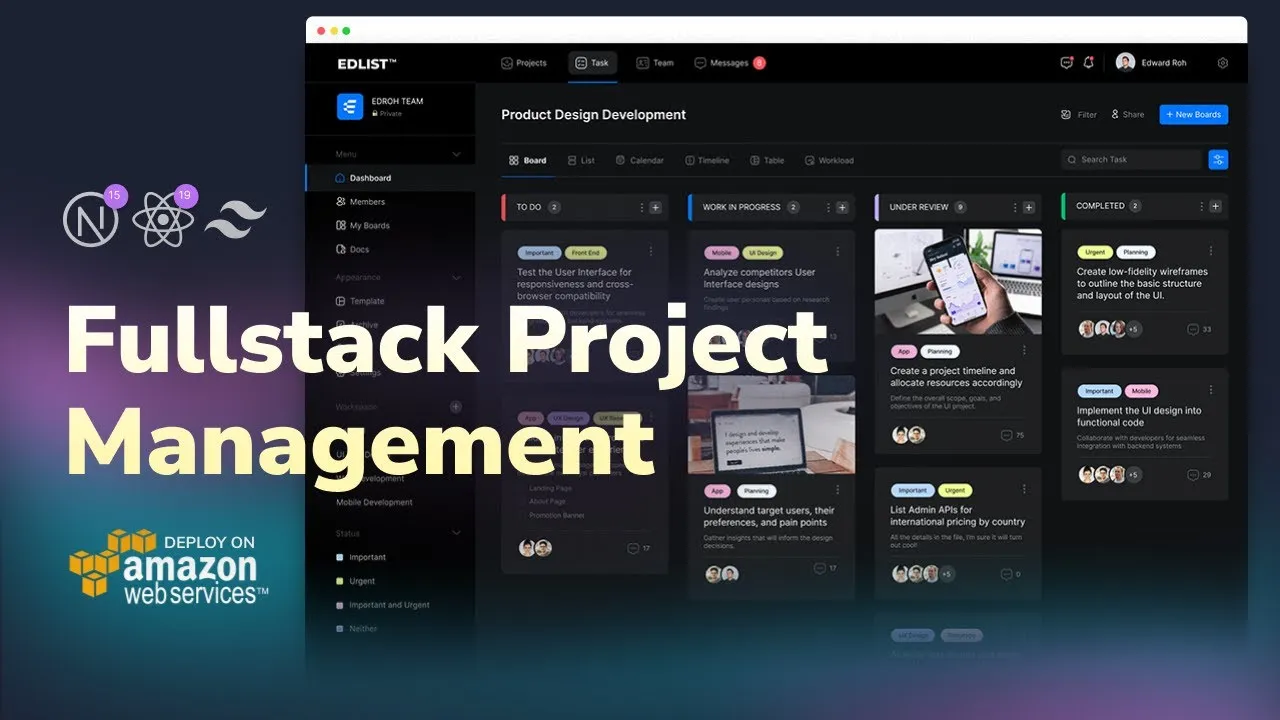Web Development Roadmap helps beginners master coding skills, tools, and frameworks to launch a successful career in tech.
Become Skilled Web Developer with Web Development Roadmap Guide
The Web Development Roadmap is your strategic blueprint for mastering the essential skills, tools, and technologies needed to thrive in today’s digital economy. Whether you’re starting from scratch or refining your skills, this guide provides a clear, step‑by‑step learning path — from foundational coding languages to advanced frameworks — so you can confidently build and deploy modern, high‑performing websites and applications.
1. Essential Tools to Learn Web Development Roadmap Guide
Before diving into code, set yourself up with the right environment. The Web Development Roadmap recommends starting with:
- Modern Web Browser – Chrome, Firefox, or Edge for testing and debugging.
- Code Editor – VS Code or similar, with extensions for syntax highlighting and linting.
These free tools ensure you can write, test, and refine your code efficiently.
2. Mastering the Web Foundations
Every great developer starts with the three pillars of the web:
- HTML – Structure your content with semantic markup.
- CSS – Style and design responsive, visually appealing layouts.
- JavaScript – Add interactivity, dynamic content, and client‑side logic.
The Web Development Roadmap emphasizes building strong fundamentals here, as every advanced skill builds upon these core languages.
3. Industry‑Standard Version Control
Version control is non‑negotiable in professional development. Learn:
- Git – Track changes, manage branches, and collaborate effectively.
- GitHub – Host repositories, contribute to open source, and showcase your portfolio.
These tools are essential for teamwork, code safety, and career credibility.
4. Expanding with TypeScript
Once you’re comfortable with JavaScript, the Web Development Guide suggests adding TypeScript to your toolkit. It introduces static typing, making your code more predictable, maintainable, and scalable — a must for large projects.
5. Frontend Development Skills
With your foundations in place, move into modern frontend frameworks:
- React.js – Build reusable UI components and manage state effectively.
- React State & Hooks – Handle data flow and lifecycle events.
- Optional Enhancements – React Query, Redux Toolkit, Tailwind CSS for styling efficiency.
The Web Development Roadmap positions React as a career‑boosting skill due to its industry demand.
6. Backend Development Essentials
To become a full‑stack developer, you’ll need server‑side skills:
- Node.js – Run JavaScript on the server.
- Express.js – Build APIs and handle server logic.
- MongoDB – Store and manage data in a NoSQL database.
- Optional – SQL for relational database management.
This stage of the Web Development Roadmap equips you to handle both client and server responsibilities.
7. Full Stack Integration
Now it’s time to merge your frontend and backend skills:
- MERN Stack – MongoDB, Express.js, React, Node.js..
- Next.js – Server‑side rendering, static site generation, and SEO‑friendly performance.
By following the Web Dev Roadmap, you’ll be able to build complete, production‑ready applications from scratch.
8. Continuous Learning and Career Growth
The tech industry evolves rapidly. Stay competitive by:
- Contributing to open‑source projects.
- Building a personal portfolio site.
- Following industry blogs, podcasts, and communities.
The Web Development Roadmap is not just a one‑time plan — it’s a lifelong learning mindset.
Conclusion: Your Next Steps
By following this Web Dev Roadmap, you’ll gain the skills, confidence, and portfolio to land your first developer role or launch your own projects. The journey is challenging, but with consistent practice and curiosity, you’ll transform from a beginner into a professional capable of building impactful digital experiences.
